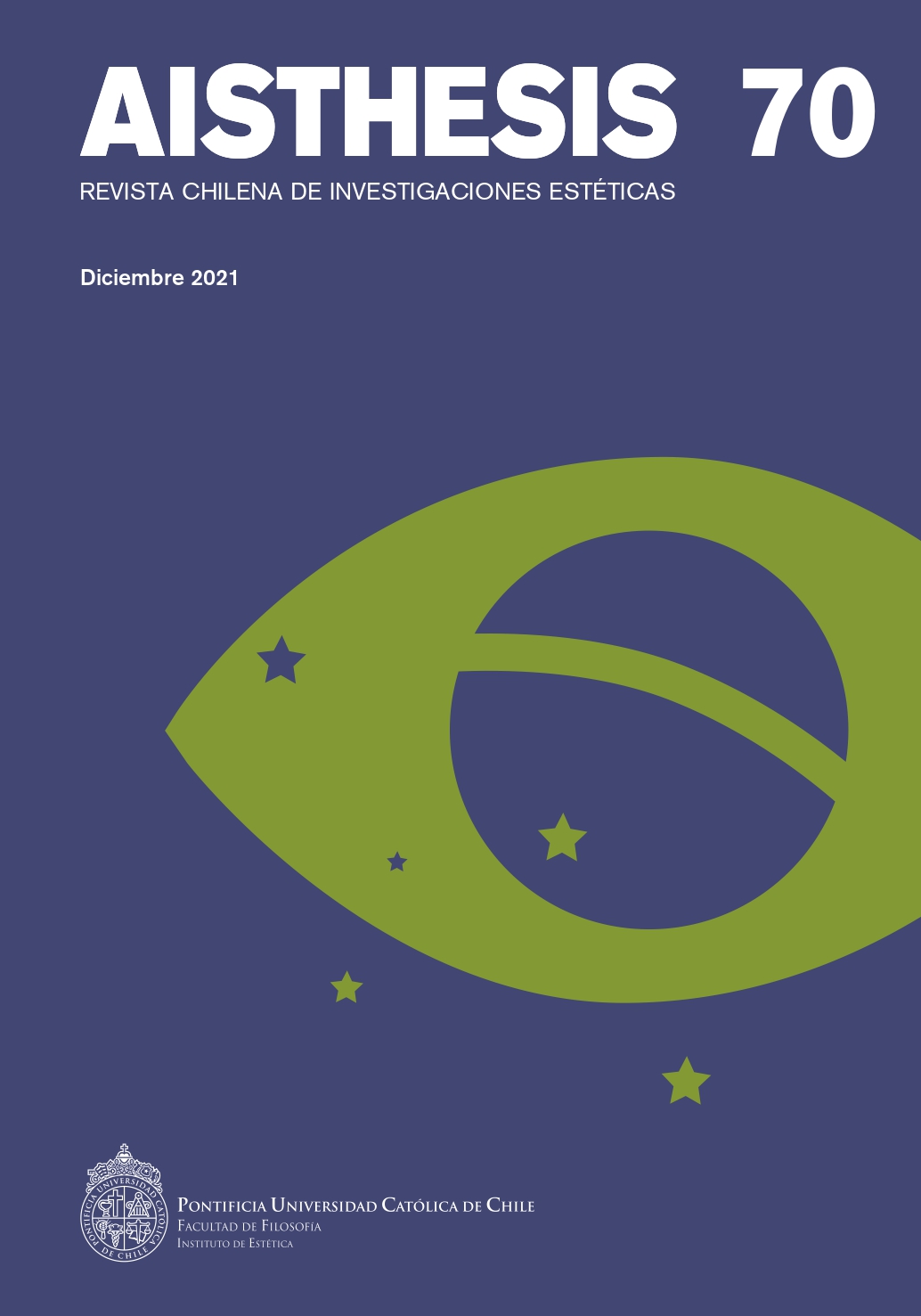Affective Funeral Rituals in the Face of the AIDS Crisis in Buenos Aires during the 80’s
Main Article Content
Abstract
During the 1980s, in Buenos Aires, cases of a deadly disease began to multiply. Silent and unknown, the AIDS virus was catalogued as “the pink plague” and qualified by the Church as “a just divine punishment”, while the stigma fell on the sick. This qualitative research investigates the impact of HIV/AIDS on the Buenos Aires underground and the ways in which artists collectively dealt with the virus and with young death, in the absence of a cure. These approaches allow us to account for the singular character of the celebratory wakes that took place in the face of the AIDS crisis within the Buenos Aires artistic community. In this way, through the case of the actor Batato Barea, we will investigate the meanings attributed to these funeral rituals by his friends and relatives. In addition, we will analyze the characteristic imprint of these rituals that sought to preserve the integrity of the soul and to vindicate different ways of living. Both features are distinctive with respect to other collective ways of facing death in the funerals of the activist group ACT-UP, carried out in the United States and Europe.
Downloads
Article Details

This work is licensed under a Creative Commons Attribution-NonCommercial-ShareAlike 4.0 International License.
All contents of this electronic edition are distributed under the Creative Commons license of "Attribución-shareAlike 4.0 Internacional" (CC-BY-SA). Any total or partial reproduction of the material must mention its origin.
The rights of academic works published in this publication belong to their authors., who grant to AISTHESIS: Revista Chilena de Investigaciones Estéticas the license for its use. The management of the permits and the authorization of the publication of the images (or of any material) that contains copyright and its consequent rights of reproduction in this publication is the sole responsibility of the authors of the articles
References
Cornejo, Mónica. “Religión y espiritualidad, ¿dos modelos enfrentados? Trayectorias poscatólicas entre budistas Soka Gakkai”. Revista Internacional de Sociología, vol. 70, nº 2, 2012, pp. 328-340.
Durkheim, Emile. Las formas elementales de la vida religiosa. Buenos Aires, Fondo de Cultura Económica, 2013.
Brian de Vries & David Megathlin. The Meaning of Friendship for Gay Men and Lesbians in the Second Half of Life. Journal of GLBT Family Studies Volume 5, 2009.
Echavarren, Roberto (1998), Arte andrógino: estilo versus moda en un siglo corto. Buenos Aires: Ediciones Colihue.
Elias, Norbert. La soledad de los moribundos. Buenos Aires, Fondo de Cultura Económica, 1987.
Foucault, Michel. Entrevista publicada en la revista francesa Gai Pied, No. 25, abril de 1981.
Gadamer, Hans George. La actualidad de lo Bello. Buenos Aires, Paidós, 2012.
Giorgi, Gabriel. “Después de la salud: La escritura del virus”. Revista Estudios, Buenos Aires, Enero a julio de 2009, pp. 13-39.
Goffman, Erving. Estigma. La identidad deteriorada. Buenos Aires, Amorrortu, 2010.
Hertz, Robert y Ramón Ramos Torre. La muerte. La mano derecha. México, Alianza Editorial, 1990.
Kuropatwa. Retrato de su vida y obra. Realizado por Miguel Rodríguez Arias. Octubre 2007.
Lemus, Francisco. “Retóricas de la pandemia. Derivas y resistencias en torno al arte argentino frente a la crisis del sida”. Revista Caiana, n° 6, primer semestre, 2015 pp. 1-8.
––. “Llegó el sida. El lugar sin límites”. Revista de Estudios y Políticas de Género, nº 4, octubre 2020, pp. 66-84 .
Link, Daniel. Enfermedad y cultura. Política del monstruo. Literatura, cultura y enfermedad, Comps. Wolfgang Bongers y Tanja Olrich. Buenos Aires, Paidós, 2006, pp. 253-254.
Lucena, Daniela. Estéticas y políticas festivas en Argentina durante la última dictadura militar y los años 80. Estudios Avanzados 18 (Dic.2012): pp. 35‐46
Manzano, Valeria. La era de la juventud en Argentina. Cultura, política y sexualidad desde Perón hasta Videla. Buenos Aires, Fondo de Cultura Económica, 2017.
Marta Dillon en el congreso Efectos Virales. En el marco de la muestra: Tiempo Partido, General Idea. MALBA. Buenos Aires, 22 junio del 2017.
Menéndez, Eduardo. Morir de alcohol. México, Ciesas, 1992.
Noy, Fernando. Historias del Under. Buenos Aires, Reservoir Books, 2015
Perlongher, Nestor. El fantasma del sida. Buenos Aires, Puntosur Editores, 1998.
Rodríguez, Natalia. “Procesos de resignificación a partir del diagnóstico de VIH/SIDA”. Comp. Hidalgo, Cecilia. Etnografías de la muerte. Rituales, desapariciones VIH/SIDA y resignificación de la vida. Buenos Aires, CLACSO-CICCU, 2009, pp1-2007.
Sontag, Susan. La enfermedad y sus metáforas: El sida y sus metáforas. Buenos Aires, Random House, 2012.
Simmel, Georg. Intuición de vida. Cuatro capítulos de metafísica. Buenos Aires, Altamira, 2001.
Sitio web oficial Soka Gakkai internacional: https://www.sgi.org/es/
Swenson, Robert 1989. Las epidemias, la historia y el sida. The American Scholar. Num 2, vol 57, primavera 16-22.
Usubiaga, Viviana. Imágenes inestables: artes visuales, dictadura y democracia en Argentina. 1ª ed, Buenos Aires, Edhasa, 2012.
VV. AA., Perder la forma humana. Una imagen sísmica de los años ochenta en América Latina, catálogo,. Madrid, 2012.
Entrevistas personales
Entrevista a Tino Tinto (Fernando Arroyo), 2017.
Entrevista a Guillermo Angelleli, 2016.
Entrevista a Daniel Molina, 2016.
Entrevista a Patricia Gatti, 2018.
Entrevista a Gustavo Pecoraro, 2017.
Entrevista en prensa realizada para la nota: “ACT UP: Amor y Acción directa para dejar de morir de SIDA”. ANRED, 5 de diciembre de 2016, disponible en: https://www.anred.org/?p=60752
